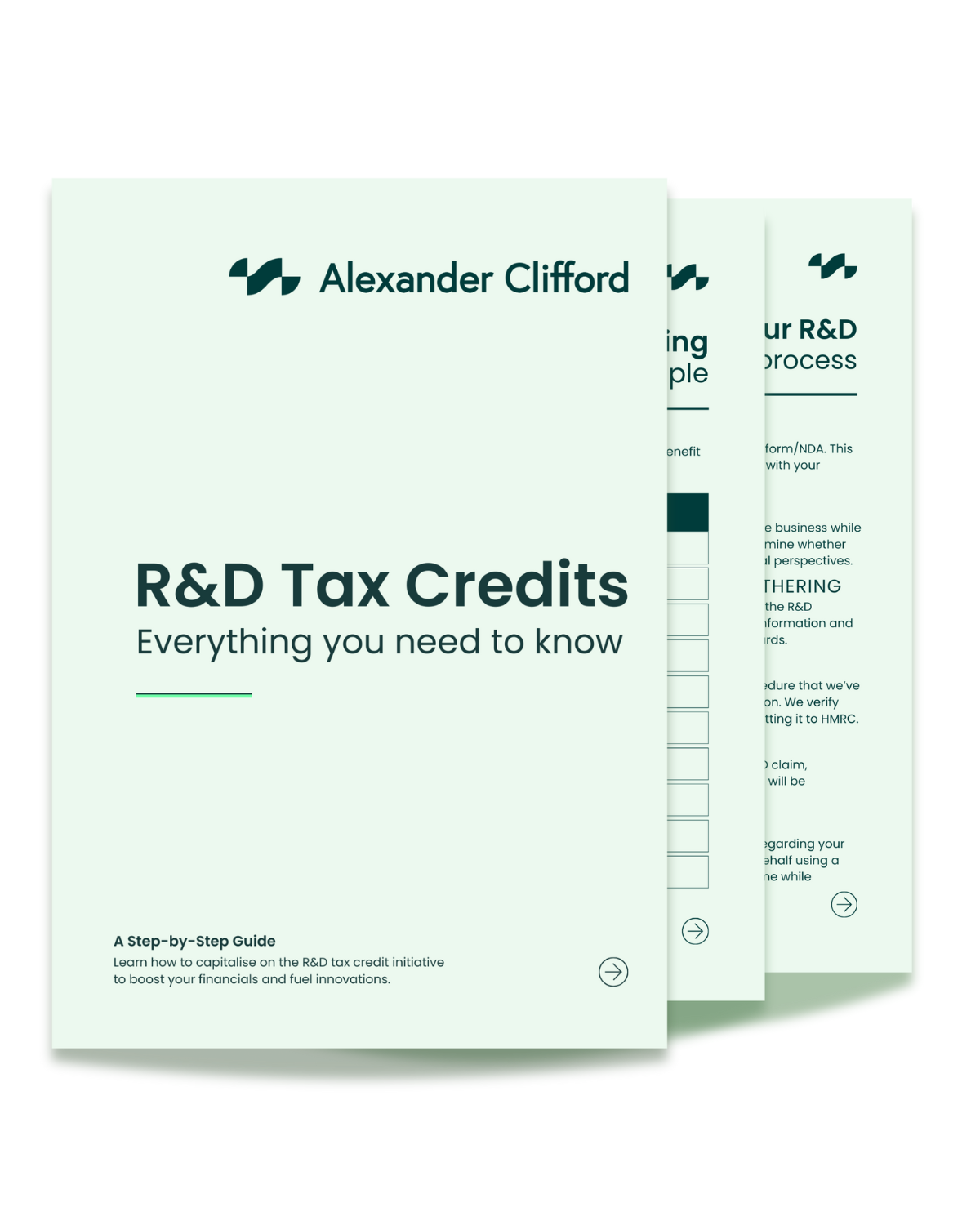What are the 7 steps to apply for the R&D Expenditure Credit (RDEC)?
While HMRC does display the seven steps to applying for RDEC on their website, we want to provide you with a straightforward explanation:
- Step 1: The credit is used to create an agreement of what your corporation tax liability is
- Step 2: Any remaining R&D expenditure credit is reduced by applying a notional tax charge
- Step 3: Any credit higher than your company’s total expenditure on R&D workers’ PAYE and National Insurance contributions will be added to any expenditure credit in the next accounting period
- Step 4: Any remaining amount is used to pay outstanding corporation tax liabilities for accounting goods
- Step 5: The credit can be surrendered in whole or part to any group member
- Step 6: The credit can be used to discharge any other company liabilities such as VAT
- Step 7: The final amount can be paid to the company
Learn more about RDEC.

